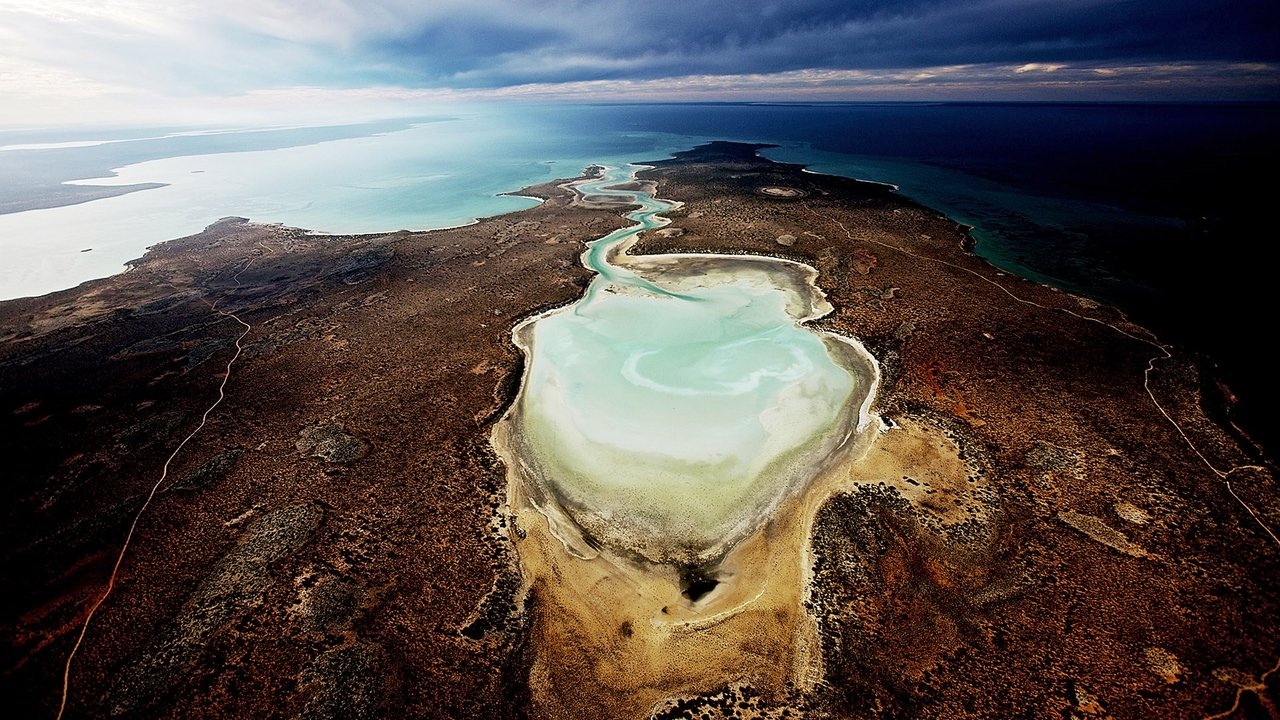
Planet Ocean (2012)
Dive into our planet's greatest mysteries with a team of international underwater cinematographers as they explore the breathtaking bond between humanity and the ocean.

Dive into our planet's greatest mysteries with a team of international underwater cinematographers as they explore the breathtaking bond between humanity and the ocean.
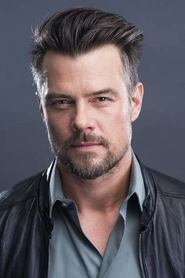 Josh DuhamelNarrator
Josh DuhamelNarrator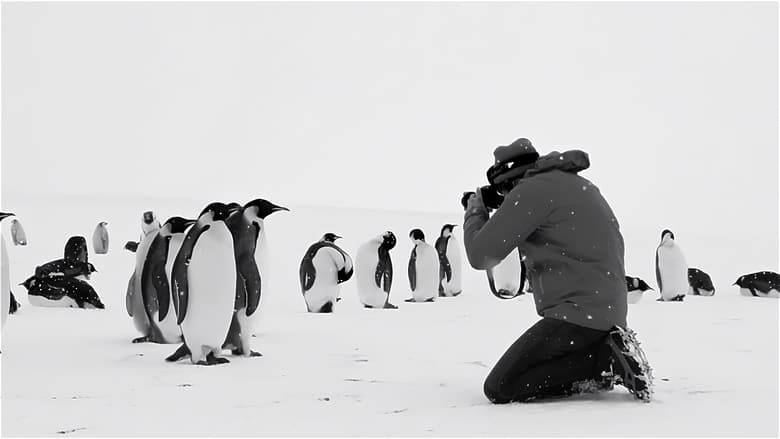
The few thousand kilometers that separate Patagonia from the South Pole are a fascinating and hypnotic journey for explorers. Some even speak of an addiction, 'the Antarctic bite'. March of the Penguins (2005) director Luc Jacquet has been experiencing it for 30 years. His new film is a visually-striking adventure, offering us images beyond words, an ultimate tribute to a vanishing continent.
Deep sea: 1000m below the surface no light, immense pressure and icy temperatures. The deep sea encompasses more than 90% of the planets habitat. Yet we know less about these depths than about the moon. This film documents the technical, scientific, and ecological challenges of deep sea researchers. Scientists work worldwide together to collect data on the physical state of the upper ocean. With more than 3000 autonomous floats they monitor the oceans for influences on weather systems like El Nino or the monsoon. Does it affect global climate change? Does the deep sea offer solutions for the CO2 issue? Researchers in the Okinawa Trough are trying to find out. The sea floor harbors enormous amounts of resources: oil, natural gas, methane. Scientists work hard to try and locate these materials. Millions of deep sea dwellers are waiting for their discovery. The Census of Marine Life is trying to catalogue these bizarre ocean creatures before they disappear.
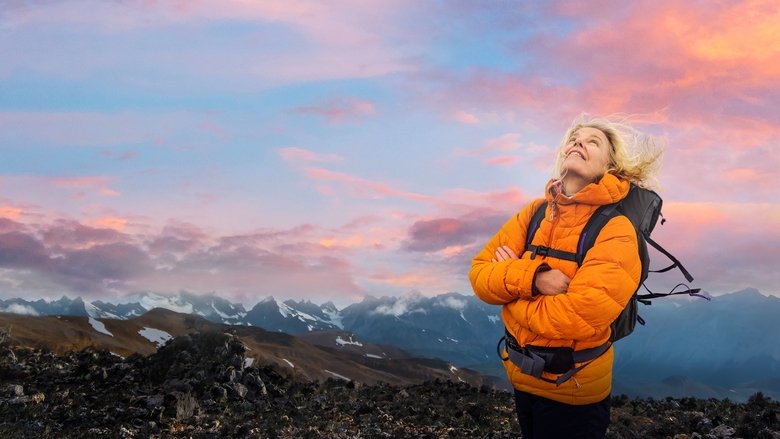
From Oscar-winning filmmakers Chai Vasarhelyi and Jimmy Chin, "Wild Life" follows conservationist Kris Tompkins on an epic, decades-spanning love story as wild as the landscapes she dedicated her life to protecting. After falling in love in mid-life, Kris and the outdoorsman and entrepreneur Doug Tompkins left behind the world of the massively successful outdoor brands they'd helped pioneer like Patagonia, The North Face, and Esprit, and turned their attention to a visionary effort to create National Parks throughout Chile and Argentina. "Wild Life" chronicles the highs and lows of their journey to effect the largest private land donation in history.
A documentary that focuses on how animals born with unusual colours have a much harder struggle than normal. Follow white lions, a white baboon and a yellow crocodile.
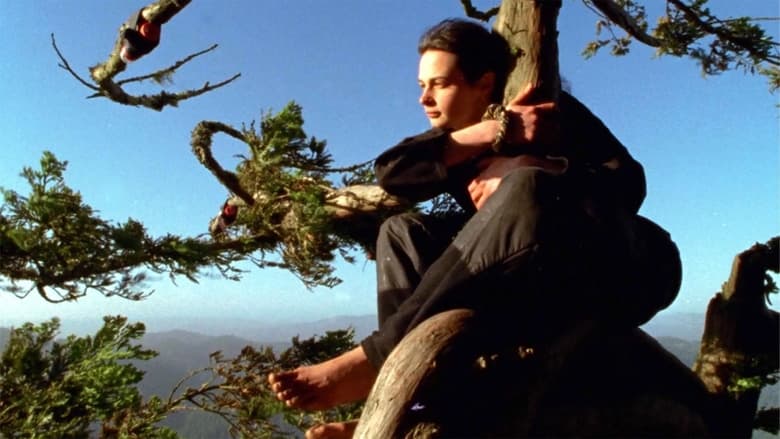
Living in an ancient redwood tree for more than two years to prevent the tree from being clear-cut, Julia Butterfly Hill captured our hearts and minds by showing us that one person can make a difference. Through interviews with Hill, filmmaker Doug Wolens paints a portrait of an intensely spiritual and articulate woman who encountered both beauty and horror (she was assaulted by lumber company helicopters at one point) during her time above ground.
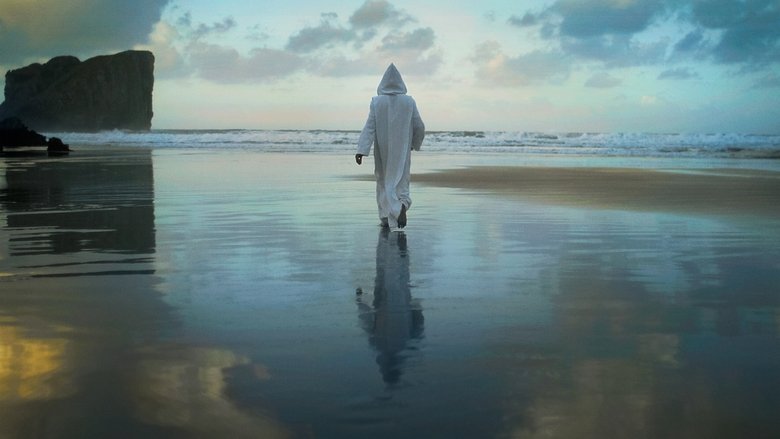
For centuries, many men and women have left everything to dedicate their lives to contemplation. LIBRES, is a journey into the interior of man. We have obtained permission to enter and speak with people who rarely speak, in places that remain closed to the world: monasteries. What leads a person to divest himself of the world he knows, to withdraw from it for the rest of his life? How does such a person think? LIBRES approaches great questions of the existence of man, with a single objective: to listen to them.
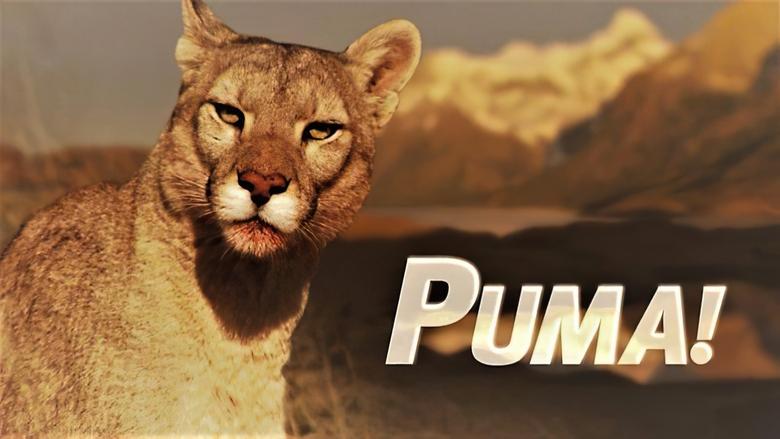
It is a powerful predator, one of the most elusive animals in Patagonia and rarely filmed. In the very South of Chile the Pumas' hunting grounds lie in the awe-inspiring Torres del Paine National Park, follow a mother Puma as she rears her cubs in the wild, teaching them to survive and thrive.
During the Exodus, one of the most famous miracles of the Old Testament took place. More than 3000 years have passed since Moses led two million Israelites across the Red Sea and out of the bondage of Egypt. Christians, Jews, and Muslims throughout the world still embrace the accounts of this remarkable event. It is an epic that so fascinated Hollywood director Cecil B. DeMille that he made THE TEN COMMANDMENTS, twice. Now THE EXODUS REVEALED follows the footsteps of the children of Israel in an unforgettable journey of discovery. A journey that reveals physical evidence for the Exodus including: the remains of 3800 year old Hebrew settlements in Egypt's Nile Delta; Egyptian records of the Israelites bondage under Pharaoh; the precise route they may have followed to freedom; their crossing site on the shore of the Red Sea; and the location of Mt. Sinai. THE EXODUS REVEALED brings to light the first significant archaeological "find" of the 21st century.

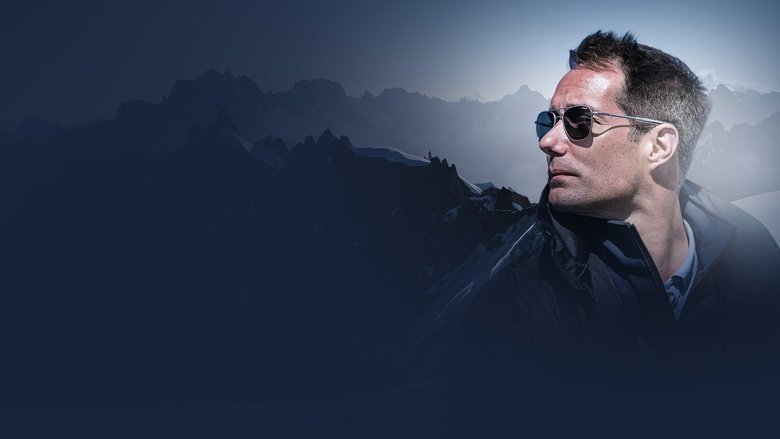

In 1932, the writer Paul Nizan published "The New Watchdogs" to denounce the philosophers and writers of his time who, sheltering behind intellectual neutrality, imposed themselves as true watchdogs of the established order. Today the watchdogs are journalists, editors, and media experts who've openly become market evangelists and guardians of the social order. In a sardonic manner, "The New Watchdogs" denounces this press that, claiming to be independent, objective and pluralist, makes out it is a democratic force of opposition. With forcefulness and precision, the film puts its finger on the increasing danger of information produced by the major industrial groups of the Paris Stock Exchange and perverted into merchandise.
The Hidden World is a 1958 American science documentary film produced by Robert Snyder and narrated by Gregory Peck. The film is about insects. It was nominated for an Academy Award for Best Documentary Feature.
Embark to Niagara Falls and witness its stunning beauty and a wide variety of wildlife—mammals, birds, and reptiles. Through the eyes of passionate scientists, uncover a complex world forged by stone and powered by water.
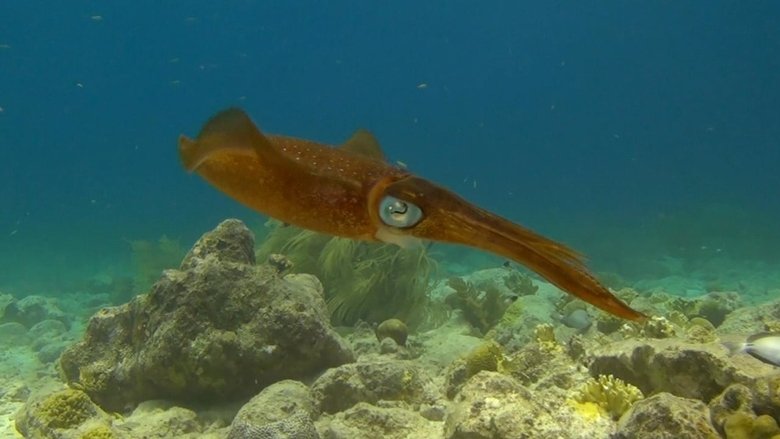
Be amazed by little schools of fish that swim right into your living room. See squid and the elusive octopus up close, along with the magnificent manta ray, and experience dolphins and turtles as well. Shot in stereoscopic 3D, Amazing Ocean 3D is a breathtakingly beautiful 50-minute experience for your whole family.
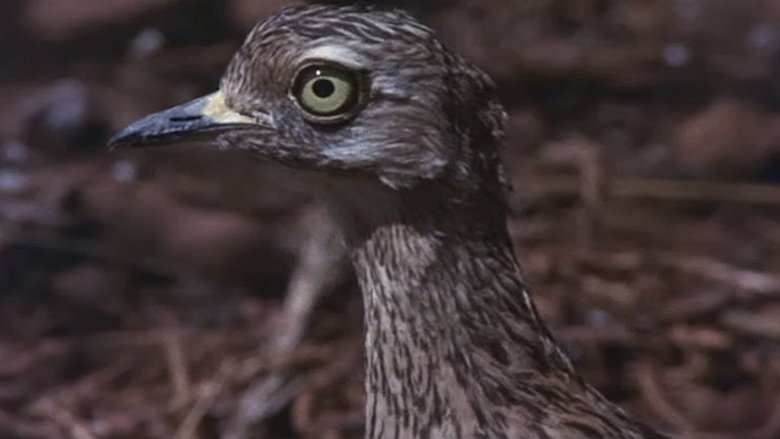
Animals Are Beautiful People (aka Beautiful People) is a 1974 nature documentary about the wildlife in Southern Africa. It was filmed in the Namib Desert, the Kalahari Desert and the Okavango River and Okavango Delta. It was produced for cinema and has a length of slightly more than 90 minutes.
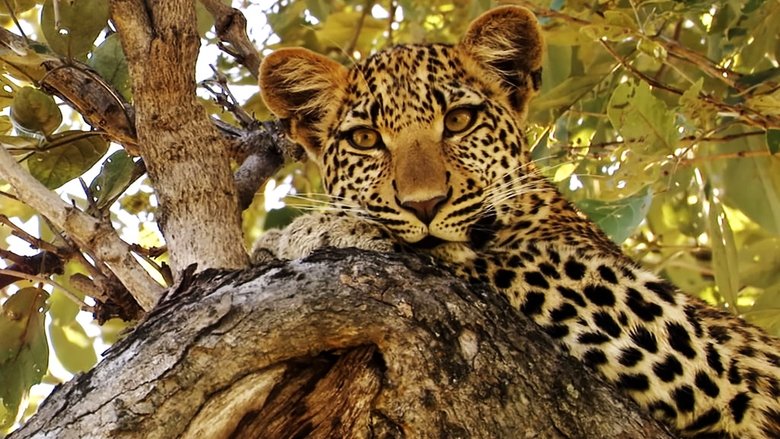
Eye of the Leopard follows the remarkable life of one small leopard from when she is just 8 days old every step of the way until she is 3 years old and on the brink of adulthood. Legadema, as she is named, works her way into your heart as she slips in and out of danger virtually every day, running from baboons and hyenas but also making landmark strides in hunting and surviving. Narrated by Jeremy Irons it is the story of a mother and daughter relationship as well as that of an emerging huntress in Botswana’s magnificent Mombo region of the Okavango Delta.

We live on an ever-moving planet, and as landscapes are altered, wildlife must march to its rhythm. Driven by instinct, they follow the maps hardwired into their DNA. Some run, some fly, but most swim.
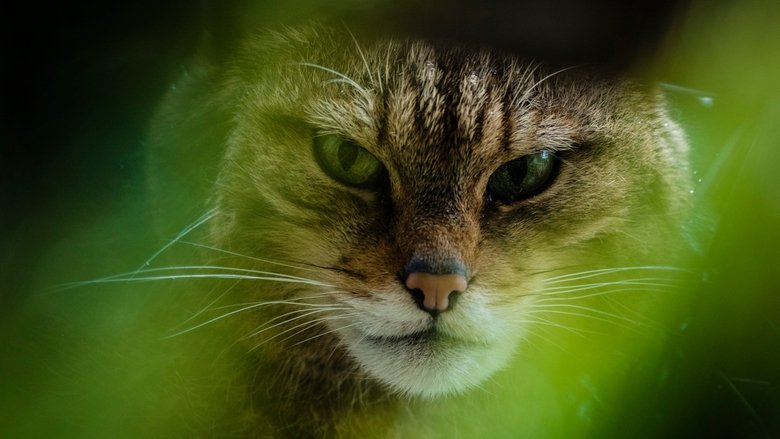
This documentary highlights the endangered existence of the Scottish wildcats, and the conservation efforts required to prevent their extinction.
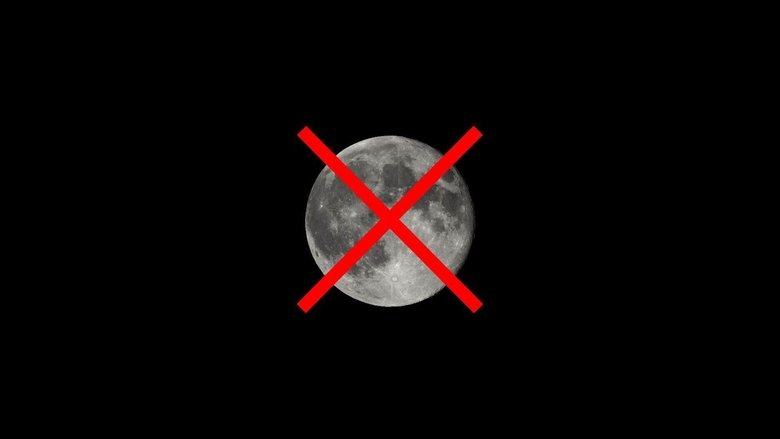
Without the moon, humans wouldn't exist. Life, if it had started at all, would be in its earliest stages of evolution. Days would last four hours, winds would blow at hurricane force and there would be a dense and toxic atmosphere resembling that of Venus. Around 50 million years after the formation of the solar system, a Mars-sized planet called Theia hit the newly formed Proto-Earth. The blast sent planetary material from the pair into orbit around earth which eventually formed the Moon. In this one-hour special, viewers learn what Earth was like before the moon creating impact, and what Earth would have been like if the moon had never existed.
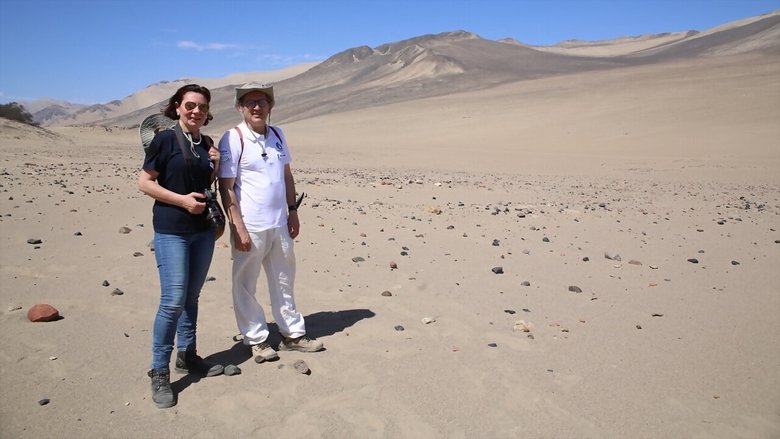
One of the world’s greatest ancient enigmas, the Nazca lines are a dense network of criss-crossing lines, geometric shapes, and animal figures etched across 200 square miles of Peruvian desert. Who created them and why? Ever since they were discovered in the 1920s, scholars and enthusiasts have raised countless theories about their purpose. Now, archaeologists have discovered hundreds of long-hidden lines and figures as well as evidence of ancient rituals, offering new clues to the origins and motivations behind the giant desert symbols.